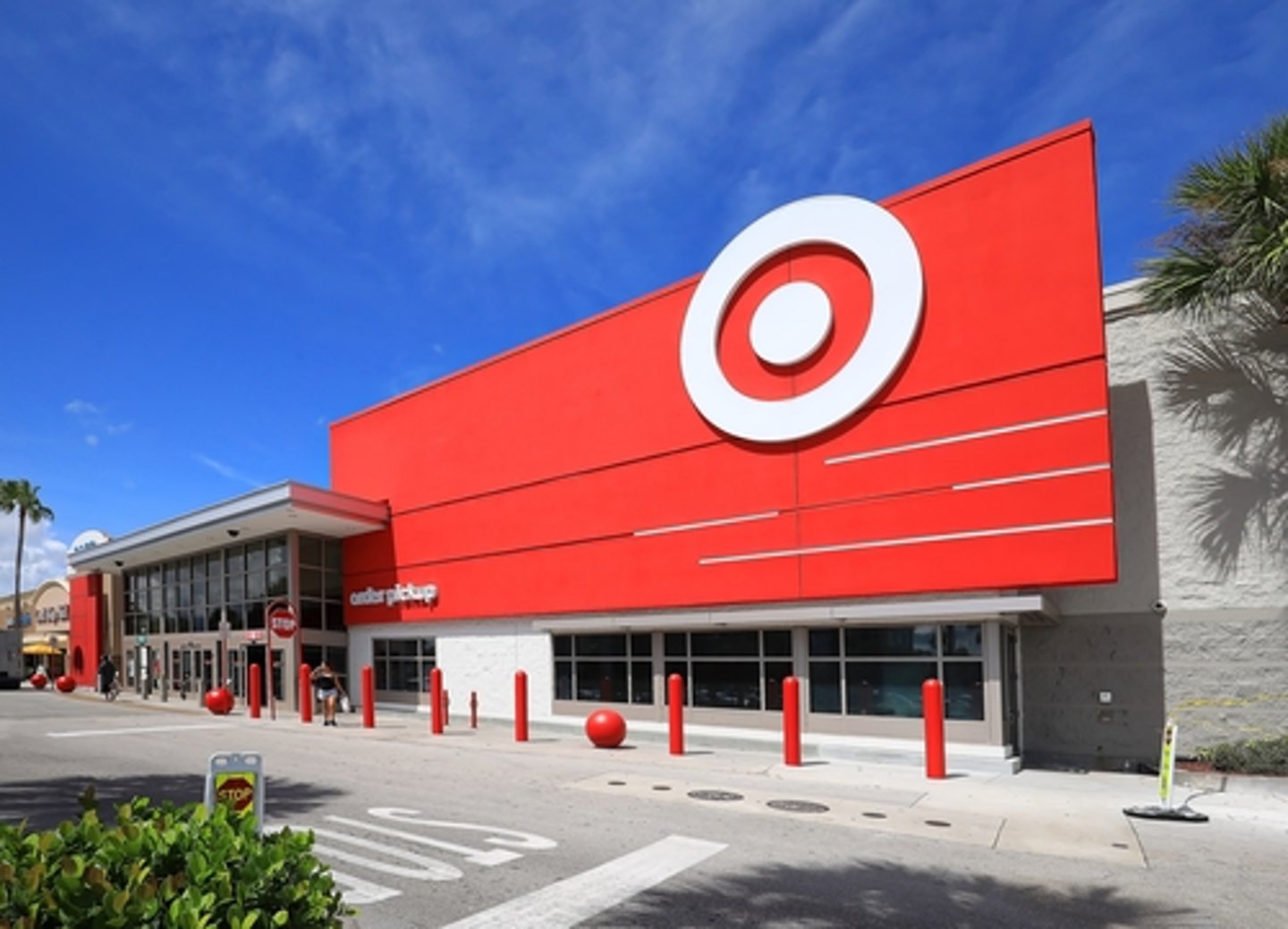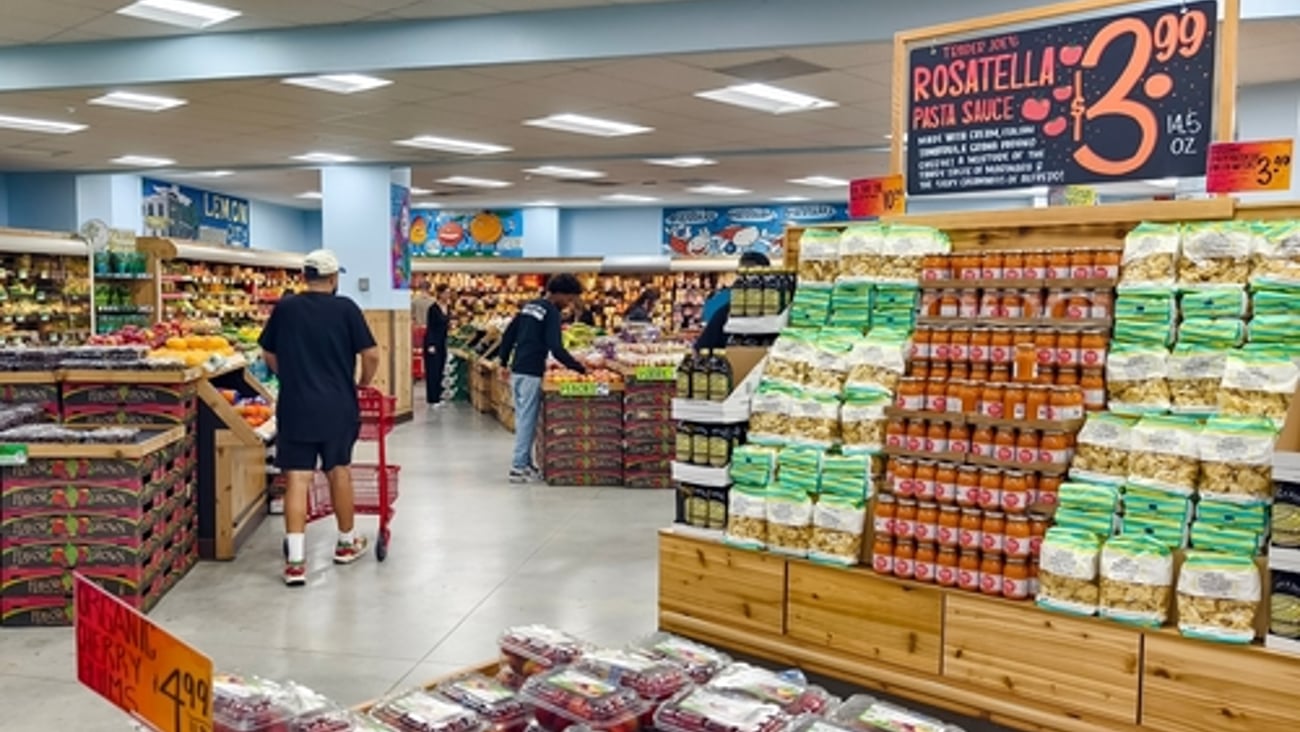Why Target Needs A Back-To-Basics Approach
A retailer having a down quarter during the first half of 2025 has several built-in excuses for poor performance. From tariffs to consumers’ continued anxiety over prices and the possible impact of a protest by some shoppers related to the retailer's shifting stance on DEI, outside forces can be blamed when sales are soft.
But the problems at Target appear to be largely self-inflicted, and management at the Minneapolis-based mass merchant is once again strategizing to fix what ails the company.
Target’s most recent answer to its struggles was the unveiling of Enterprise Acceleration Office, a plan CEO Brian Cornell said represents a strategic commitment to operating more nimbly across the organization by creating conditions for speed, adaptability, innovation, and resilience.
This plan comes three months after Target responded to a poor fourth quarter by announcing it would implement strategic initiatives to drive $15 billion in sales growth by the end of the 2020s. That multipronged plan included enhancements to its product assortment, investments in technology, store remodels, and continued evolution of its supply chain.
While the retailer is pushing some big ideas, perhaps it’s time for Target to step back and focus on Retailing 101.
As all who work in retail know, this is a complex business with numerous moving parts. The work done behind the scenes to develop and source products and get those items to stores is a process few consumers see. Whether fair or not, all shoppers care about is having products in stores, buying items they feel offer a good value, and being able to easily get out of the store. This is where Target struggles.
We know its supply chain runs well because stores are packed with products. Unfortunately, those products are at times on pallets sitting in store aisles, preventing shoppers from grabbing what they need. And when they can fill their carts, checkout can be a slow process.
By way of comparison, the most successful retailers operating today — Costco and Trader Joe’s come to mind — ensure their shelves are continually stocked, do so without preventing guests from shopping, and are among the best at helping their customers pay and head home.
Ever walked into a Costco just after opening? Stores are immaculate, fully stocked, and employees are ready to help customers get what they need.
A friend and former colleague of mine has for years complained about his Target shopping experience. He once spoke with a regional manager at a New York store to voice his displeasure with the condition of his local Target. The manager was understanding and told my friend that cutbacks to store personnel were having a negative impact on the retailer’s ability to stock products in a timely manner.
Today, that friend shops at Walmart.
Having a healthy Target is vital for the U.S. retail landscape, and the retailer continues to be a leader in the private label segment, accounting for billions of dollars in sales. Before making any major changes, we encourage Target to get the basics right. Oftentimes, it’s the simple changes that have the greatest impact.







